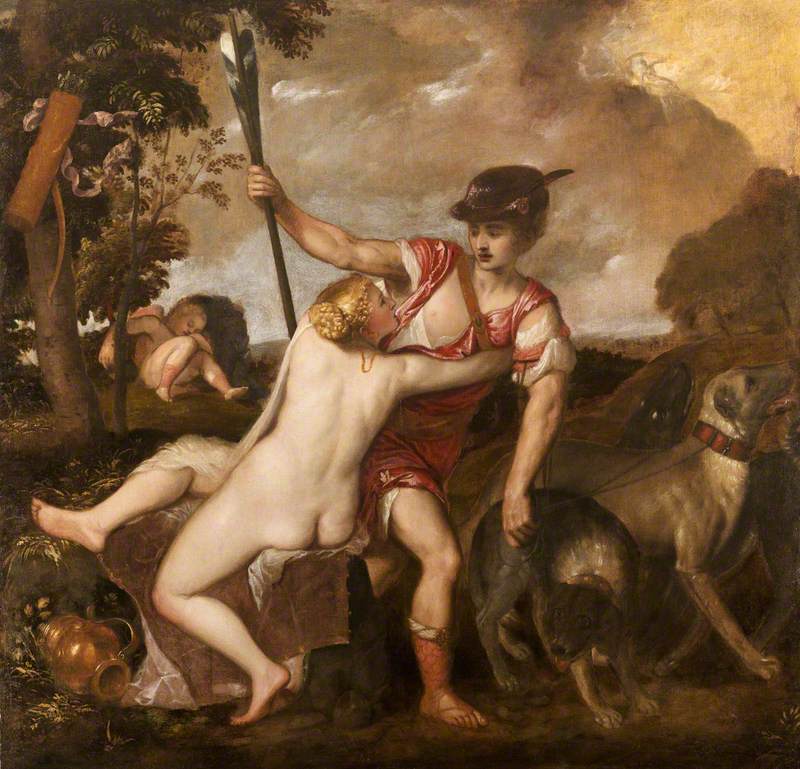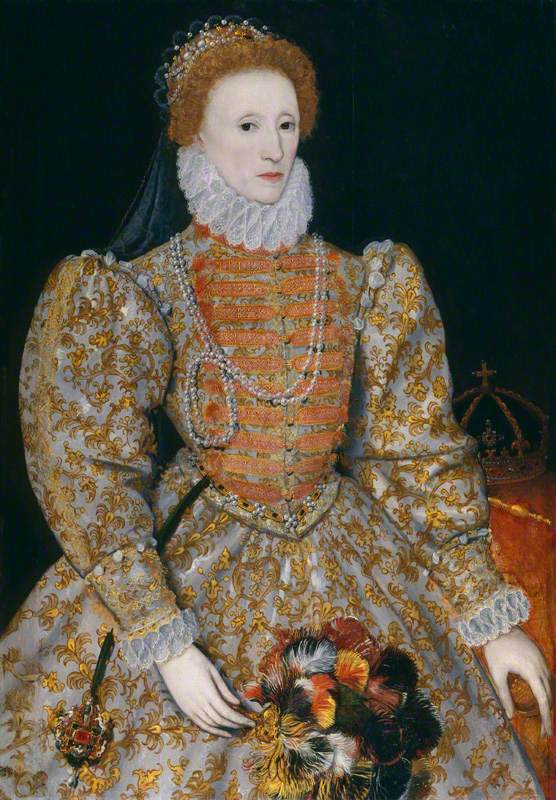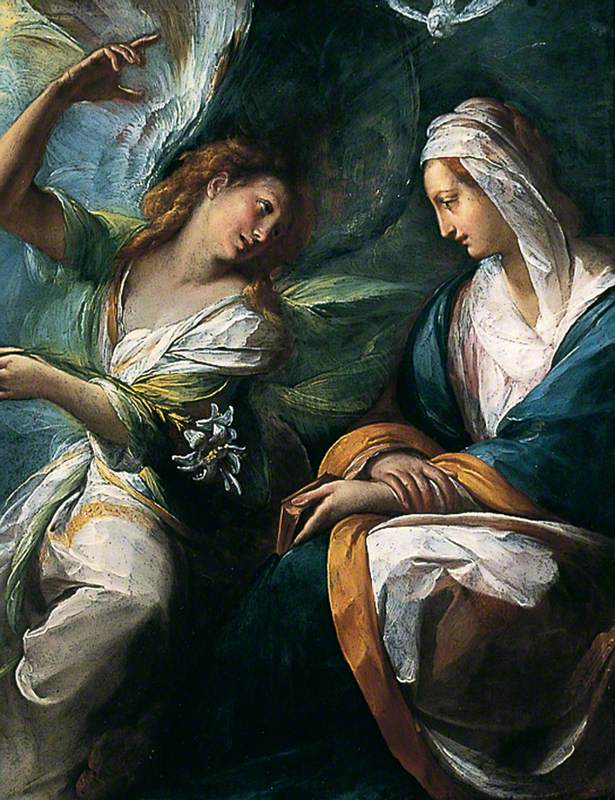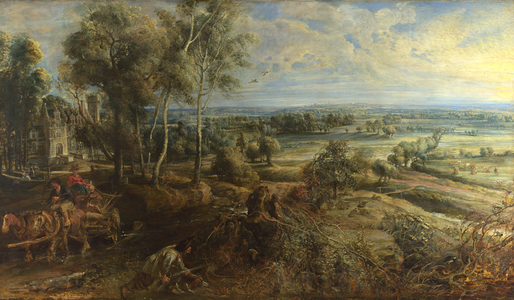Every collection has its gem. North Lincolnshire Museums Service is no exception, and although it boasts a delightful range of paintings, there is one small portrait that really stands out.
Emperor Otho
(from the 'Twelve Caesars' series) c.1625
Peter Paul Rubens (1577–1640) 
The subject of the painting is the Roman emperor Marcus Salvius Otho, who ruled Rome during the year AD 69 – the Year of the Four Emperors. He’s not the best looking of chaps – the Roman historian Suetonius even said Otho 'had the hair of his body plucked out, and because of the thinness of his locks wore a wig so carefully fashioned and fitted to his head that no one suspected it.'
Although the emperor Otho was an interesting character, it is the story behind the painting that makes it really special.
The painting was purchased at auction by Scunthorpe Museum Service in 1967, where it was listed as 'School of Titian'. However, the then Curator of the Museum, Michael Kirkby, believed the painting to be 'School of Rubens' and bought it for just £5. Michael Jaffe, the distinguished Peter Paul Rubens expert, believed it to be the lost 'Emperor Otho' from the Twelve Caesars series painted by Rubens himself, and this was finally verified 21 years after it was purchased. It is likely that Rubens painted it for his own pleasure in the mid-1620s.
Nine of Rubens’ twelve emperors have been traced and three remain missing.
I often wonder, where are the other three? Destroyed? Lying undiscovered in a dusty attic? Innocently hanging on the wall of an uninformed person? I hope I hear of their discovery one day.
Madeleine Grout, Collections Assistant (Decorative Arts), North Lincolnshire Museums Service



















